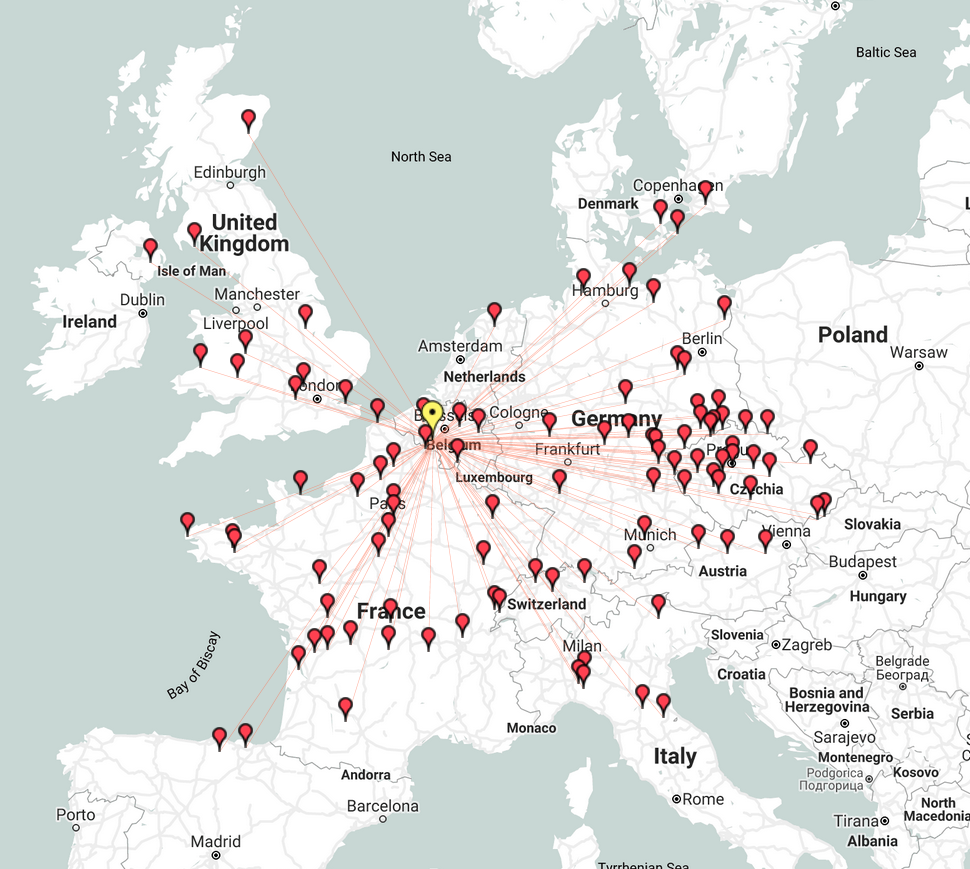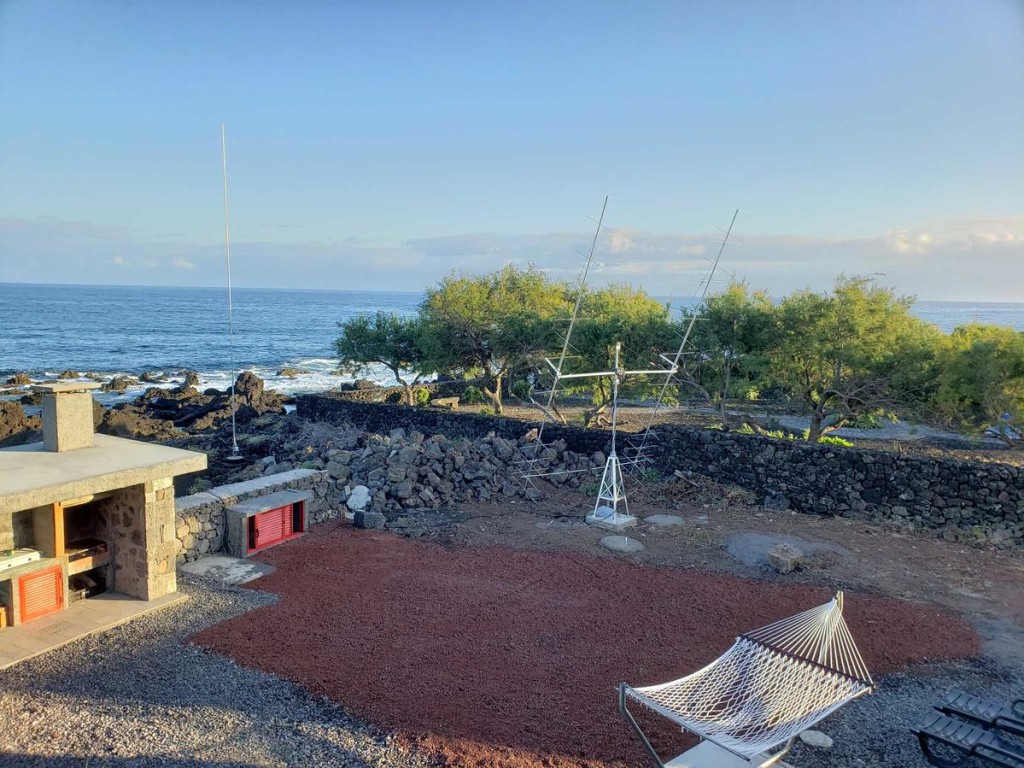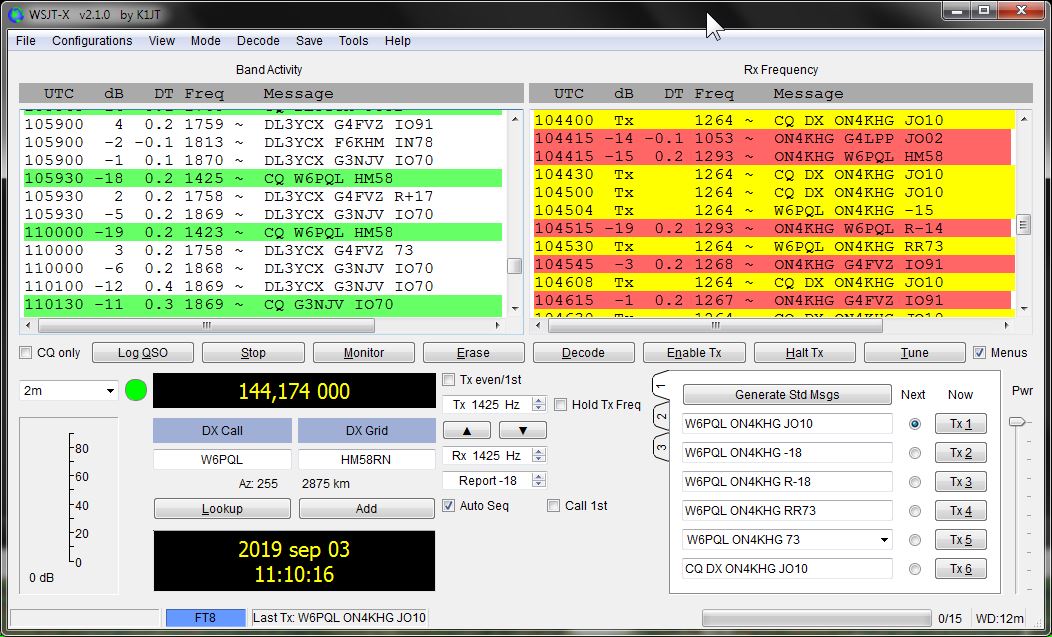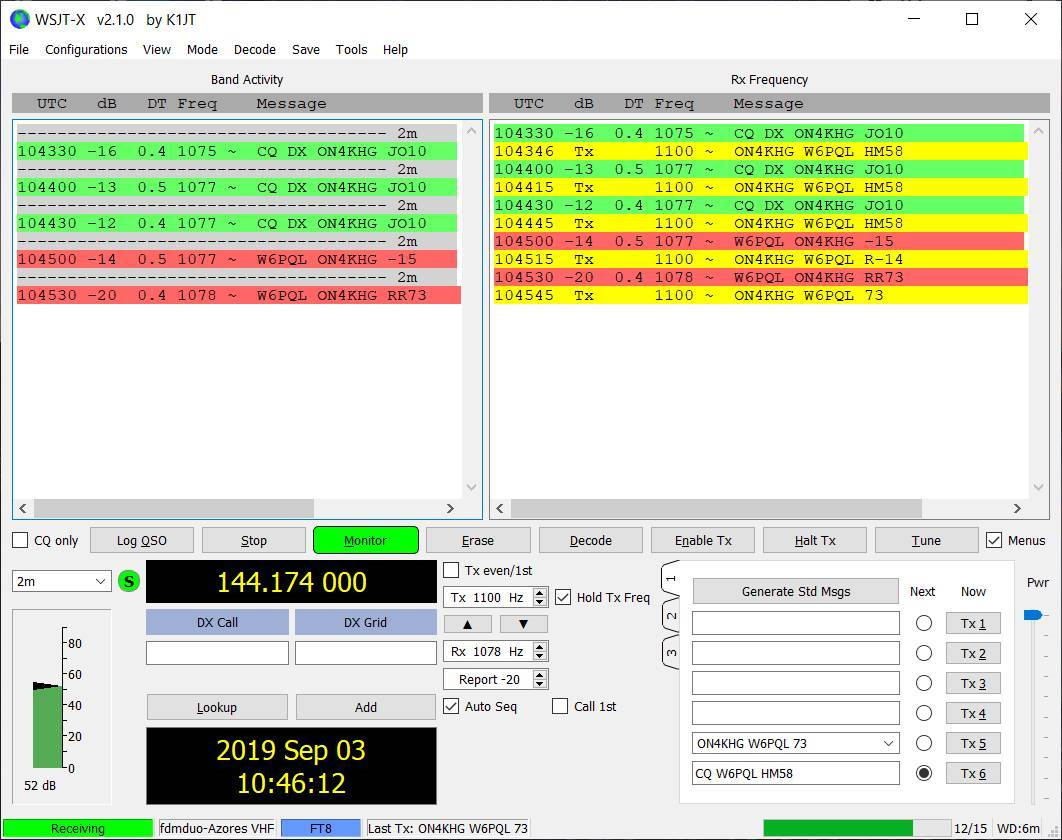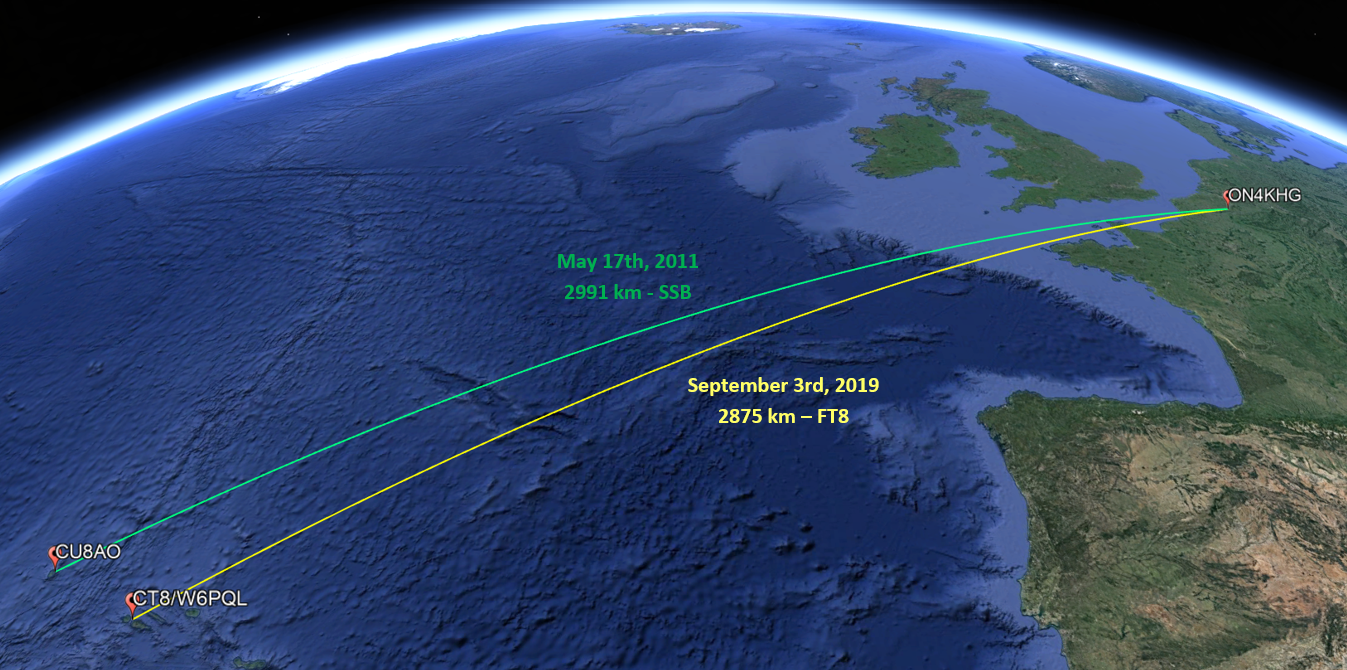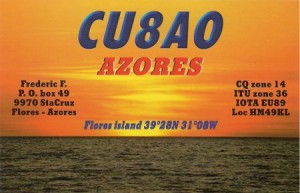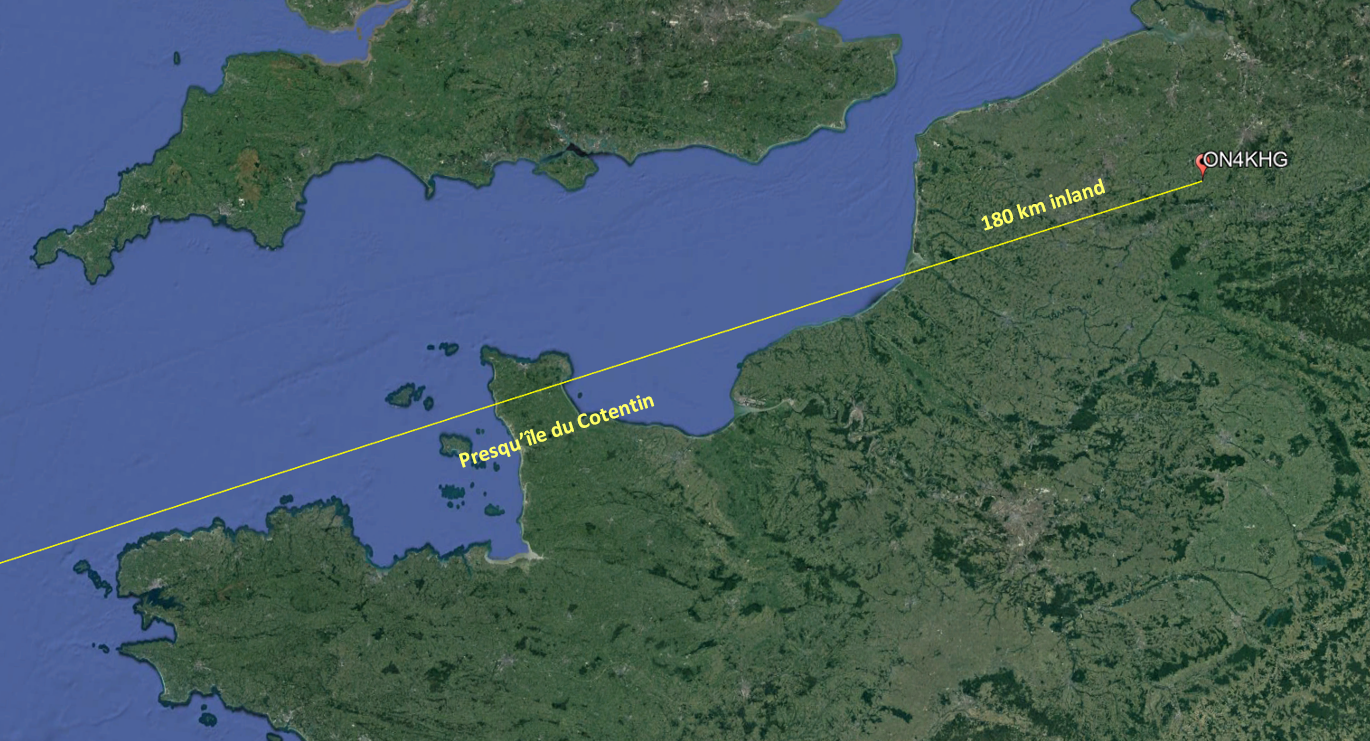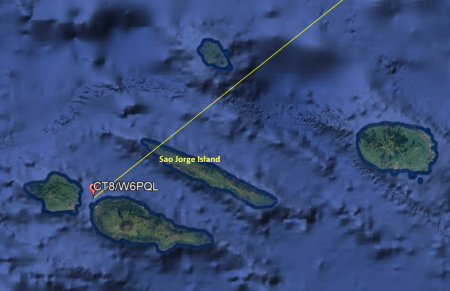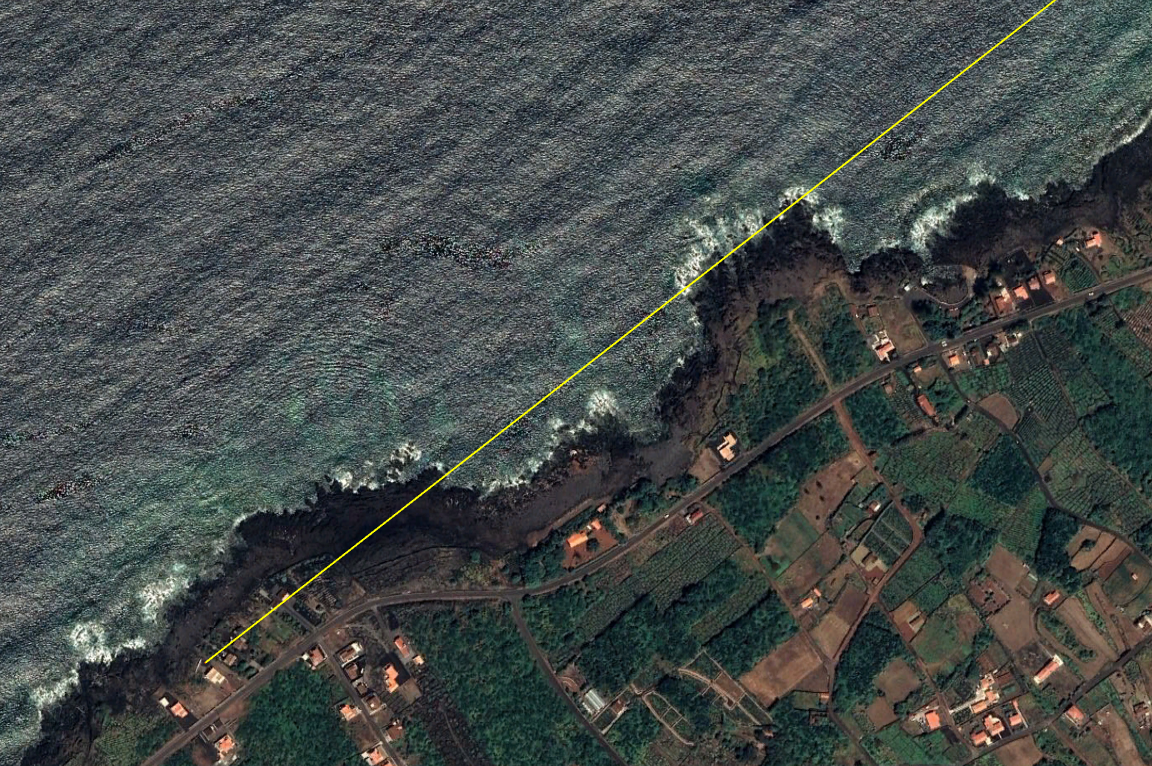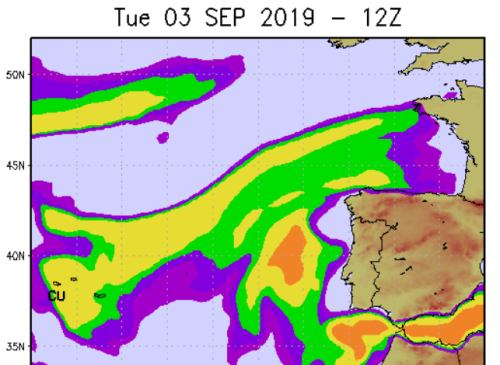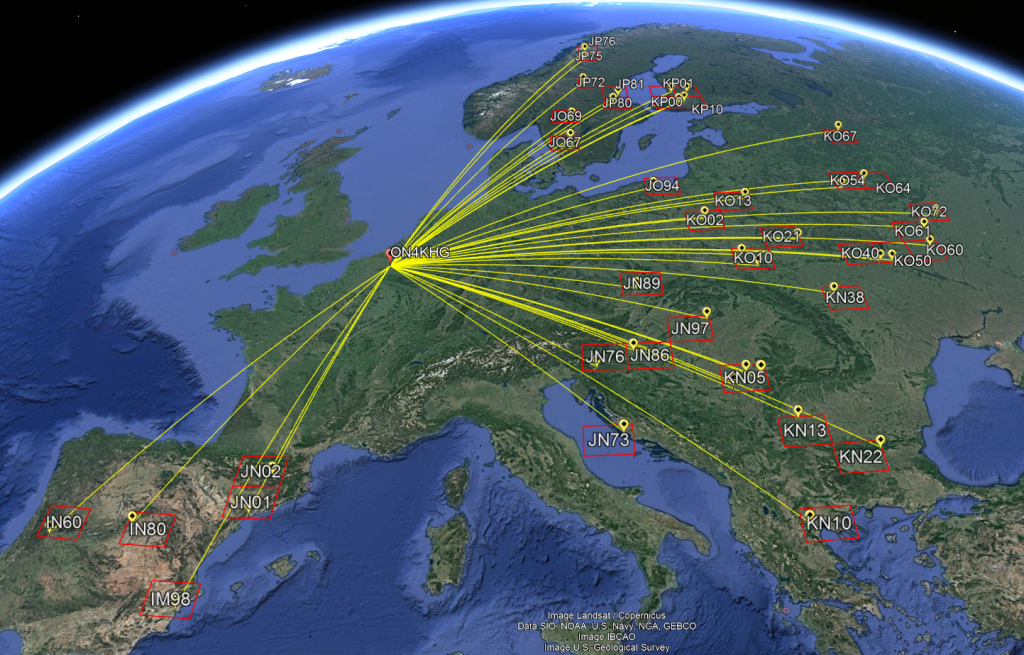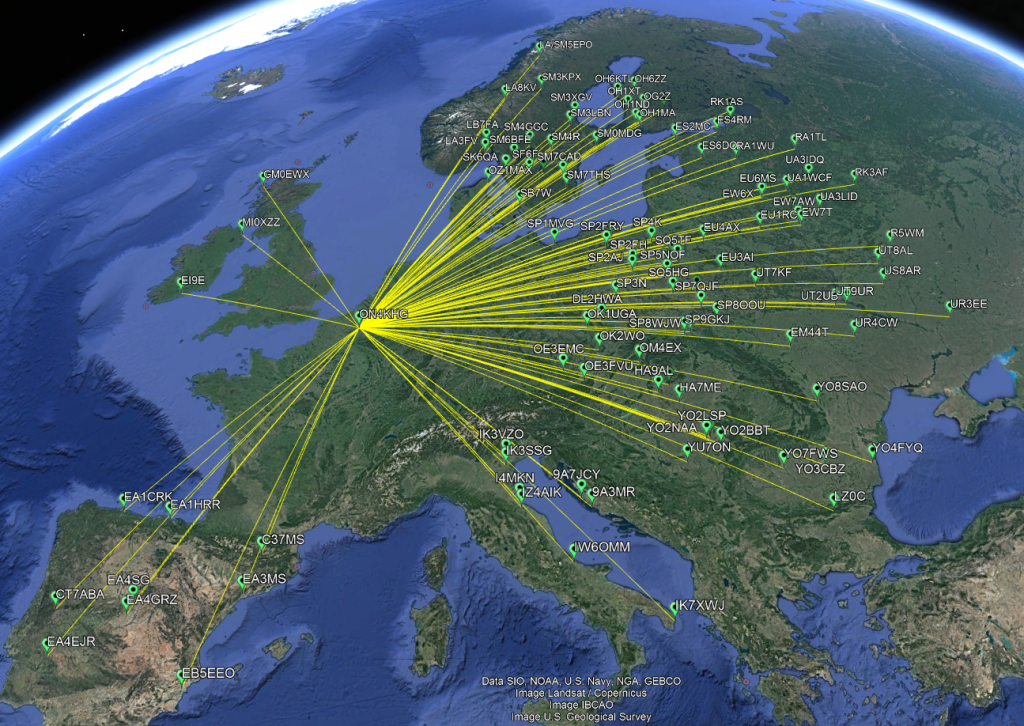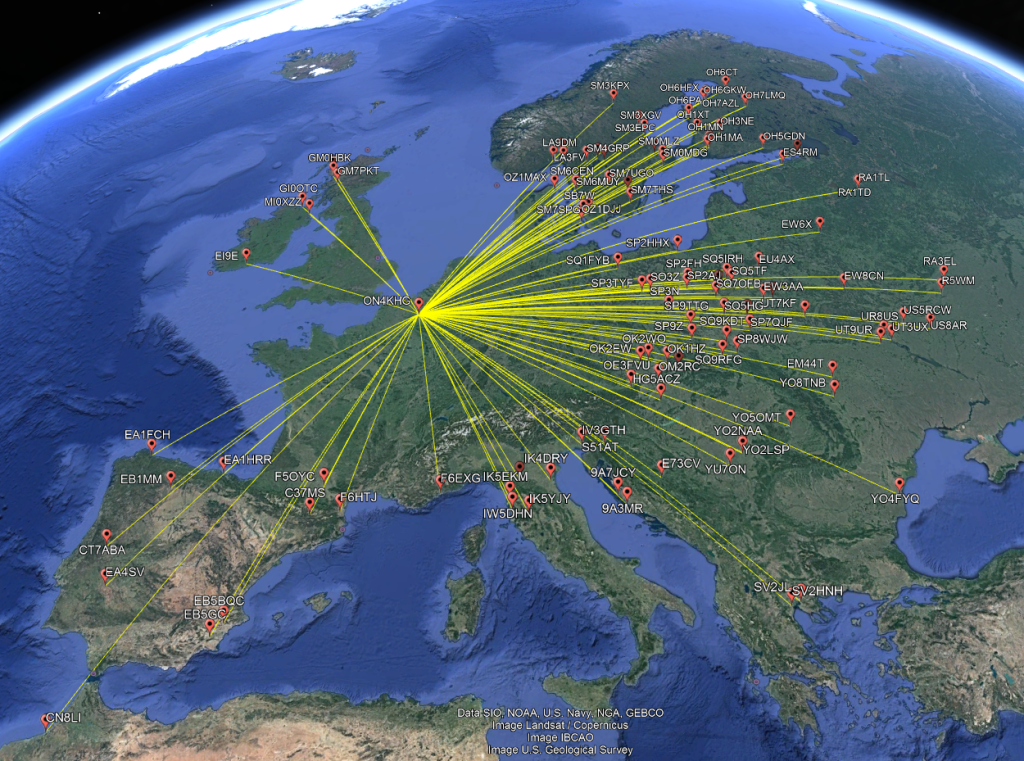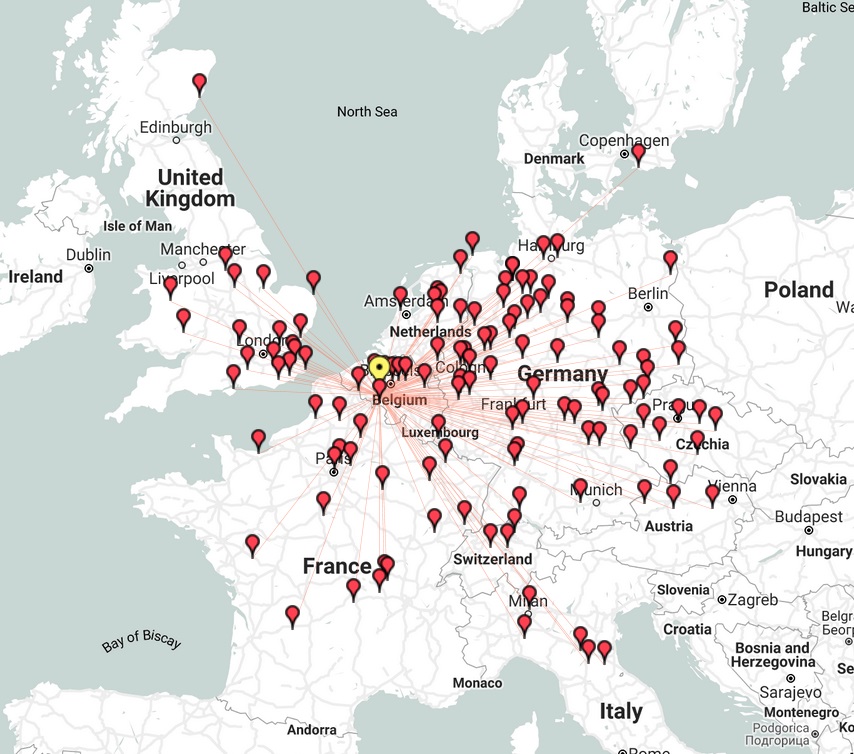Marconi Memorial VHF CW Contest 2019
Compte rendu du contest MMC VHF des 2 et 3 novembre 2019 ; il s’agit du seul contest VHF dédié uniquement à la télégraphie (CW), et un de mes préférés. Je n’ai été actif que partiellement, à savoir durant 11 heures sur les 24 que compte le contest. En raison du vent, j’avais descendu mon pylône en position “basse”, d’autant que je ne m’attendais pas à une très bonne propagation (mauvaise météo). Toutefois, à ma grande surprise, plusieurs stations italiennes et OM3KII ont été contactés (assez facilement) dans ces conditions, sachant en plus que vers l’est les antennes sont obstruées en position basse. Durant la nuit, le vent a faibli, si bien que dimanche matin j’ai pu remonter le pylône et contacter plusieurs stations OK de plus, dont JO80 et JN89. A part vers l’est, peu d’actvité dans les autres directions, comme de plus en plus souvent malheureusement. J’ai beaucoup apprécié ce contest, c’est toujours un grand plaisir de pratiquer la télégraphie. Comme quoi, on peut aimer les modes numériques (entre autres le FT8) tout en restant un fervant amateur de télégraphie, les deux ne sont pas incompatibles, tout est une question de tolérance…
Station utilisée : 2×9 él. DK7ZB et 1,2kW
Activity report of the MMC VHF contest of November 2nd and 3rd, 2019 ; it is the only VHF contest exclusively dedicated to telegraphy (CW), and one of my preferred ones. I have been partly active, during 11 hours amongst the 24 the contests lasts. Due to the wind, I had lowered my tower in “low” position, even more I didn’t expect a very good propagation (bad weather). However, to my surprise, several Italian stations and OM3KII have been worked (fairly easily) in these conditions, all the more that towards the East the antennas are obstructed in low position. During the night, the windspeed has decreased, so that I could raise the tower again on Sunday morning and work a few more OK’s, including JO80 and JN89. Apart from the East, low activity all around, as more and more often unfortunately. I very much liked this contest, it’s always a great pleasure to practice CW. One can like the digital modes (FT8 amongst others) while remaining a fervent amateur of telegraphy, both aren’t incompatible, it’s all a matter of tolerance…
Station used : 2×9 el. DK7ZB and 1,2kW
# QSO’s : 111
Points : 56776
# DXCC : 15 (G, GW, HB9, OE, OK, OM, DL, ON, PA, F, I, SM, OZ, LX, EI)
# WWL : 58
Average km/QSO : 511
Top 10 DX QSO’s :
IQ5NN JN63GN 1016 km OM3KII JN88UU 1005 km OK6M JO80OB 941 km IO2V JN54WE 928 km I4VOS JN54PF 897 km OK2R JN89DO 885 km IQ4FD JN54MM 859 km EI3KD IO51VW 858 km OK1KCR JN79VS 846 km 7S7V JO65SN 843 km
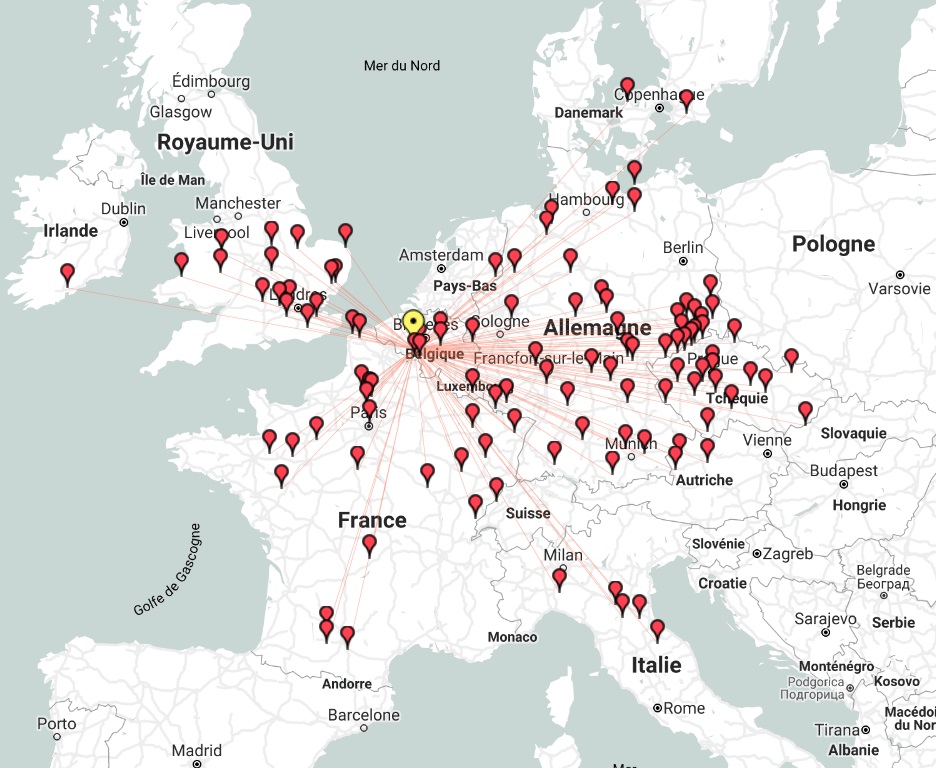
SPACE
